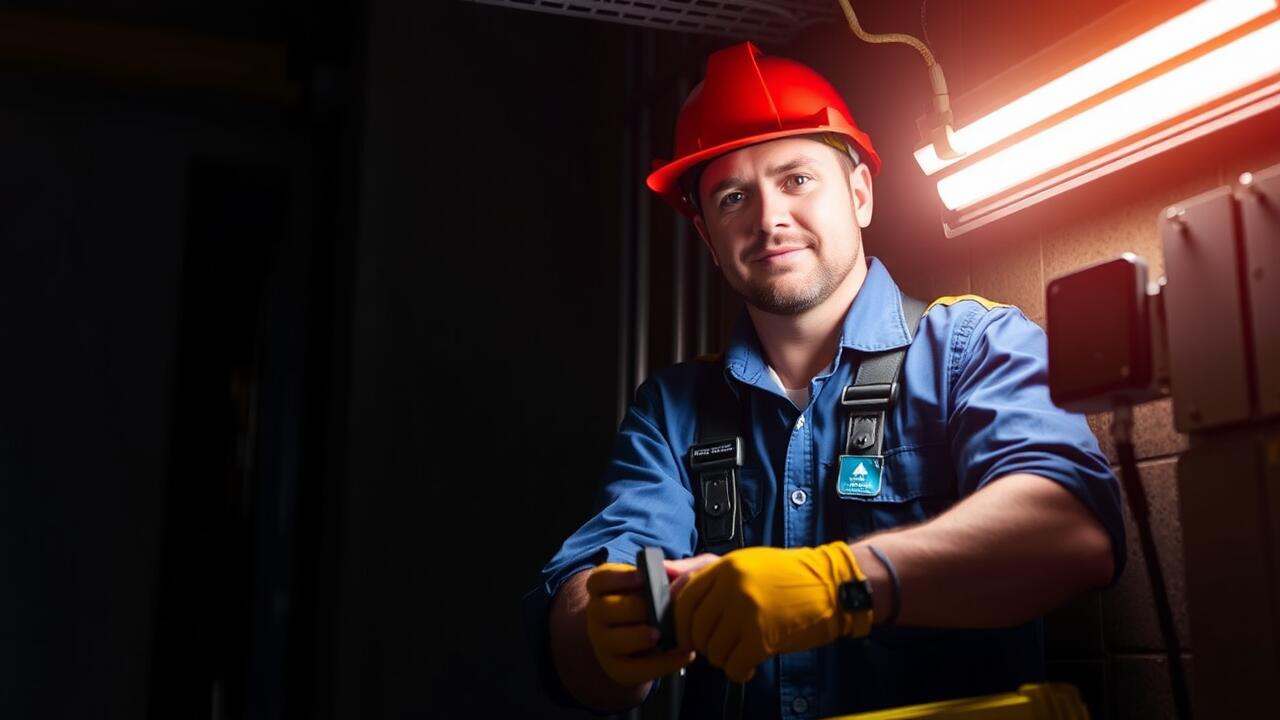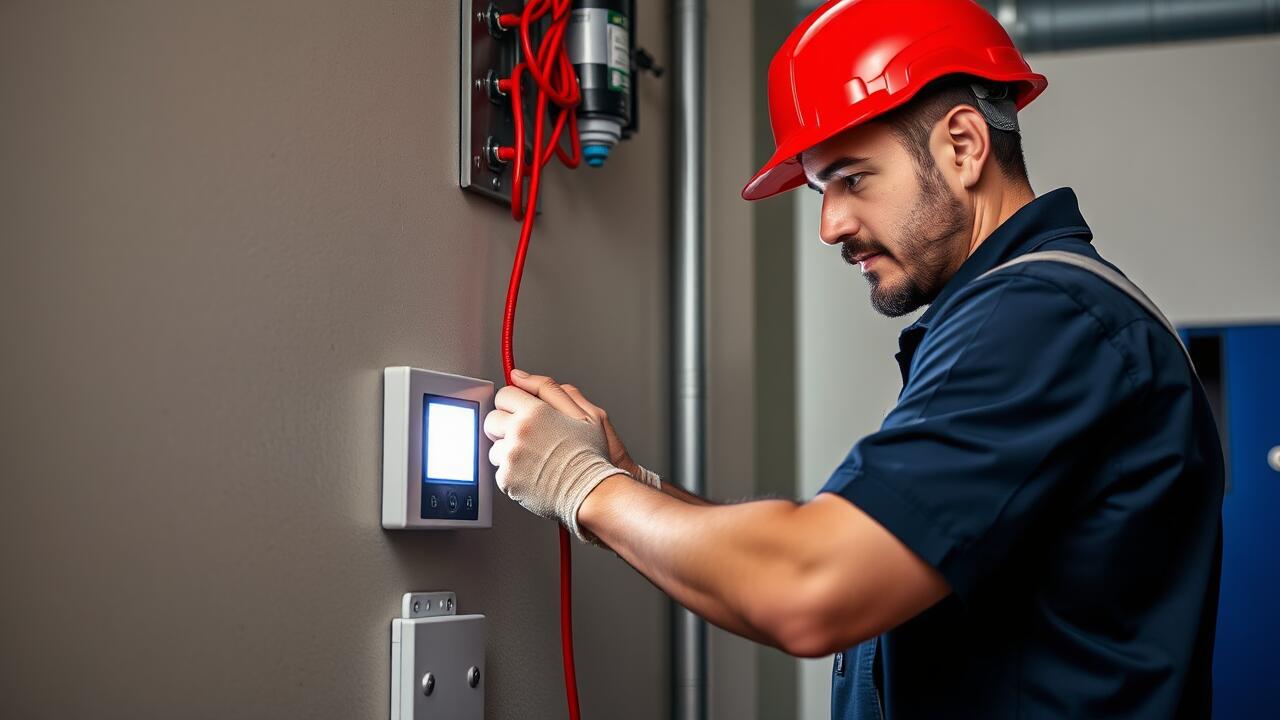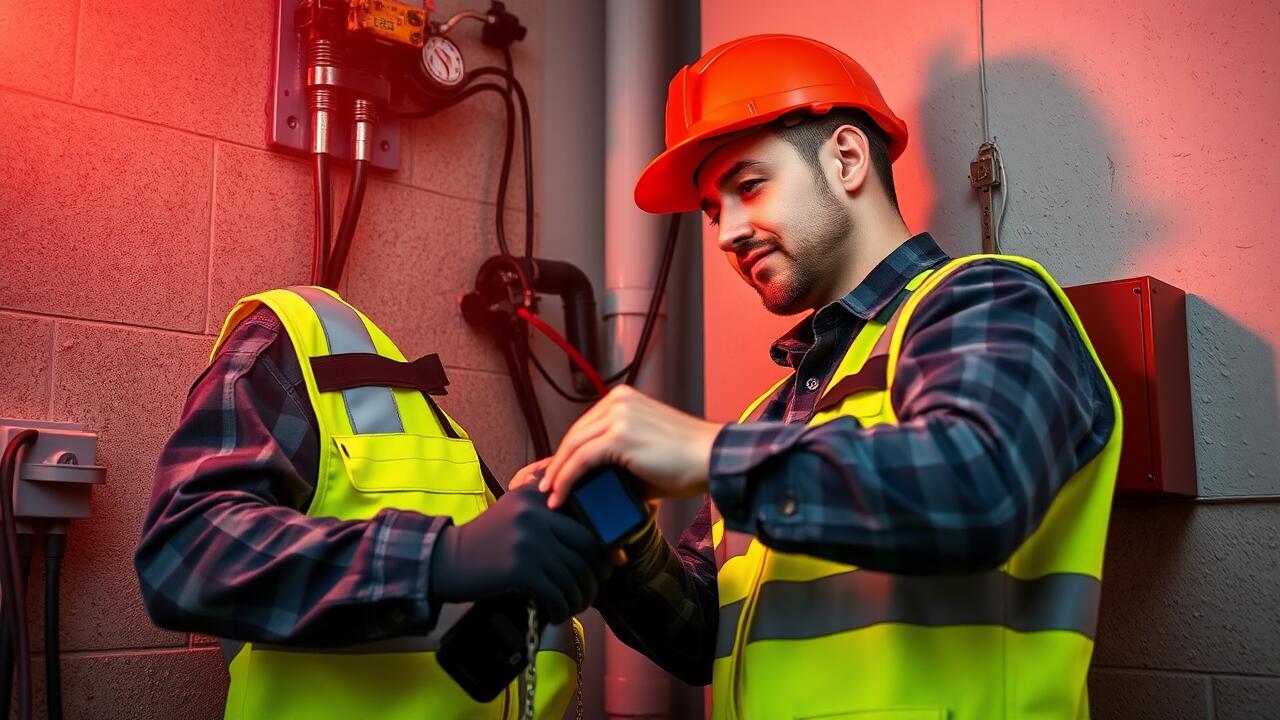
When to Call a Professional
Certain signs indicate when it is necessary to call a professional for ceiling fan repairs. Unusual noises, persistent wobbling, or insufficient air circulation can suggest underlying issues that are beyond a simple fix. If a fan suddenly stops working or exhibits erratic behavior, attempting to troubleshoot without proper knowledge can lead to safety hazards or further damage.
In situations where wiring is involved, it’s crucial to seek help from a qualified electrician. Issues such as flickering lights when the fan is turned on or overheating components are clear signs that professional assessment is needed. An Emergency Electrician in River Oaks, Houston, can provide the necessary expertise to ensure safety and restore your fan’s functionality effectively.
Assessing the Complexity of Repairs
Determining whether a ceiling fan repair requires professional assistance often involves assessing the nature of the issue. Common problems include faulty wiring, motor malfunctions, or uneven blade rotation. These issues can sometimes be fixed with simple troubleshooting techniques such as tightening screws or replacing a light bulb. However, if the fan experiences persistent problems despite these measures, the complexity may warrant calling for professional expertise.
In cases where extensive electrical work is involved, it is advisable to consider hiring an emergency electrician in Sharpstown, Houston. Electrical systems can be hazardous, and safety should always be a priority. An expert can quickly diagnose the problem and provide efficient solutions, ensuring that the repair is both effective and safe. Evaluating whether the repair task falls within your capabilities can help in making a timely decision about seeking professional help.
Choosing the Right Ceiling Fan
Selecting the right ceiling fan involves considering several key factors. The size of the space is crucial; larger rooms typically require fans with larger blades for effective air circulation. Additionally, the room's height influences the installation. For standard ceilings, a traditional fan works well. If the ceiling is higher than eight feet, a downrod may be needed to optimize airflow. Style is a personal preference, with options ranging from modern to vintage designs.
Energy efficiency should also play a significant role in your decision. Look for fans with Energy Star ratings, as they consume less electricity and can help reduce utility bills. If installing a new fan feels daunting, there's no shame in seeking help. An Emergency Electrician in River Oaks, Houston, can provide expert guidance and ensure that your installation is safe and efficient, saving you time and potential headaches.
Factors to Consider Before Installation
Selecting the right ceiling fan requires careful consideration of various factors to ensure optimal performance and aesthetics. First, evaluate the size of the room where the fan will be installed. A fan that is too small may struggle to circulate air effectively, while a fan that is too large can overpower the space. Additionally, consider the ceiling height and the fan's mounting options, as these will influence installation and the fan's functionality.
Energy efficiency is also an important aspect to take into account. Modern ceiling fans often feature energy-efficient motors and lighting options that can reduce electricity consumption. With these factors in mind, if you encounter any issues during the installation process, it is advisable to contact an Emergency Electrician in River Oaks, Houston, for professional assistance to ensure the fan operates safely and meets your needs.
Ceiling Fan Installation Process
Installing a ceiling fan requires careful planning and execution to ensure optimal performance and safety. Begin by turning off the power to the area where you will be working. This is a crucial step in preventing accidents. Gather all necessary tools, including a screwdriver, wire cutters, and a voltage tester. If your fan is being installed in an existing light fixture, remove the old fixture and inspect the electrical box to ensure it can support the weight of the new fan.
Once you have confirmed the stability of the ceiling box, follow the manufacturer's instructions to assemble the fan. Connect the wiring according to the color codes provided, ensuring that all connections are secure. If you encounter any issues or feel unsure about the electrical work, it is wise to consult an Emergency Electrician in River Oaks, Houston. A qualified electrician can handle unexpected challenges and make certain the installation meets local codes and safety standards.
Key Steps for Successful Setup
Before you begin the installation of a ceiling fan, ensure that you have all necessary tools and materials on hand. This may include a screwdriver, wire strippers, electrical tape, and a voltage tester. Begin by turning off the power at the circuit breaker to prevent any accidents. Once the power is off, remove the existing light fixture or old fan, taking care to keep track of how the wiring is connected. If you encounter any issues or feel unsure about the process, it is advisable to consult or hire an Emergency Electrician in River Oaks, Houston, who can provide professional assistance.
Once the old fixture is removed, assemble the new ceiling fan according to the manufacturer’s instructions. It is vital to follow these guidelines closely to ensure proper setup. Secure the mounting bracket to the ceiling and connect the wires accordingly, ensuring that each connection is tight and insulated with electrical tape. After everything is in place, attach the fan blades and other components, making sure they are properly aligned to prevent wobbling. Always double-check that the power is still off before completing any wiring. Once assembled, restore the power and test the fan to ensure it operates smoothly.
FAQS
How do I know if I need to call a professional for ceiling fan repair?
If you experience persistent issues like unusual noises, flickering lights, or the fan not working at all, it's best to call a professional, especially if you're not comfortable with electrical work.
What factors should I consider when choosing a ceiling fan?
Consider the size of the room, the fan's style and design, the ceiling height, energy efficiency ratings, and any additional features like remote controls or light kits.
What are the key steps involved in the ceiling fan installation process?
The key steps include turning off power to the existing fixture, assembling the fan components, mounting the fan to the ceiling bracket, connecting the wiring, and finally attaching the blades and light kit.
Can I install a ceiling fan without professional help?
If you have basic electrical knowledge and feel confident in your DIY skills, you can install a ceiling fan yourself. However, for safety and to ensure proper installation, hiring a professional is recommended.
How often should I have my ceiling fan serviced for optimal performance?
It's a good idea to have your ceiling fan serviced annually to check for any worn parts, clean the blades, and ensure it is running efficiently. Regular maintenance can extend the life of your fan.




